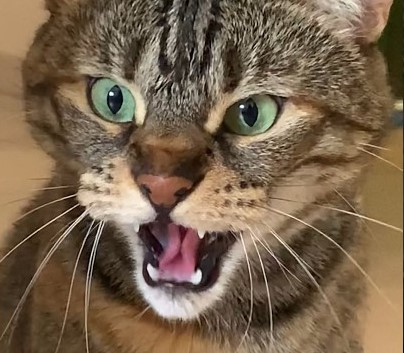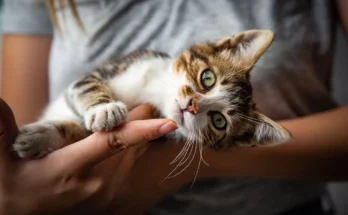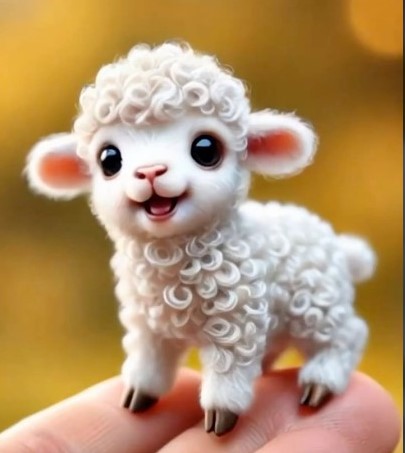Cat Growling and Hissing
Cats are known for their grace, independence, and curious nature—but they can also display behaviors that signal fear, aggression, or discomfort. Among the most common warning signs a cat gives are growling and hissing. While these sounds may seem alarming, they’re actually important forms of communication in the feline world. Understanding why a cat growls or hisses can help pet owners respond with care and empathy, rather than fear or frustration.
What Does a Hiss Mean?
A hiss is a sharp, sudden sound that a cat makes when it feels threatened. It may be accompanied by flattened ears, dilated pupils, arched back, or puffed-up fur. This is your cat’s way of saying, “Back off!” Hissing is typically a defensive behavior. It often happens when a cat feels cornered, scared, or unsure of a situation—such as when meeting a new pet, going to the vet, or being handled by a stranger.
Cats also hiss to assert boundaries. A mother cat might hiss to protect her kittens. A senior cat might hiss at a kitten that’s playing too rough. It’s their way of setting limits without physical contact.
Understanding Growling
Growling is a deeper, more guttural sound that often signals growing irritation or warning. While hissing can be sudden and reactive, growling tends to come from a place of ongoing tension. If a cat is growling, it may feel highly threatened or angry. This sound might precede or follow other warning signs like a swat, a lunge, or biting.
Cats may growl over territory, food, or if they are in pain. For example, a cat may growl if another pet comes near its food bowl or favorite resting spot. A normally friendly cat that begins growling might also be experiencing illness or injury and should be checked by a veterinarian.
When It Happens
Cats can hiss and growl in a variety of situations:
Introducing a new pet into the home.
Visits to the vet or groomer.
Loud noises or sudden changes in the environment.
Being picked up or touched when they don’t want to be.
When they’re in pain or not feeling well.
These behaviors are not signs of a “bad” cat, but rather signs that something isn’t right from their perspective.
How to Respond
If your cat is growling or hissing, the best thing you can do is give it space. Do not try to pet, pick up, or calm your cat physically—this could escalate the situation. Speak softly, reduce noise, and allow your cat a safe place to retreat.
Over time, try to identify triggers. Does your cat growl when touched in a certain spot? Is there tension with another animal in the house? Observing patterns can help prevent future conflicts and build trust.
Conclusion
Growling and hissing are your cat’s way of communicating discomfort, fear, or displeasure. Instead of punishing or scolding, it’s important to listen and respond with understanding. By learning what your cat is trying to tell you, you can strengthen your bond and create a safer, more peaceful environment for everyone.



